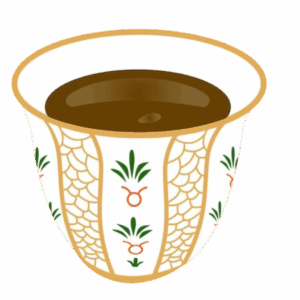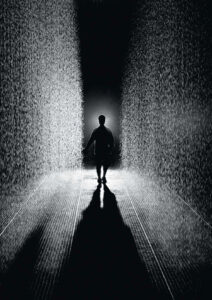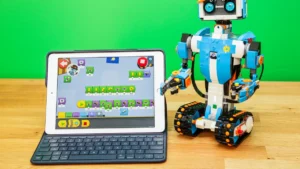I really liked what Don Norman said in “Emotion and Design: Attractive Things Work Better.” The part about how positive emotions make things work better really stuck with me, because it’s something I’ve actually noticed ever since I was a child. It’s something I’ve always believed that when something looks good, we automatically treat it differently. It reminds me of the saying “Don’t judge a book by its cover,” but honestly, that’s what all of us do. The first thing we do is see. Sight is our first sense, before we touch something, taste it, or use it we see it. And that first impression already shapes how we feel.
I’ve noticed it especially with food. When a dish looks good, people automatically expect it to taste good too. That’s confirmation bias, when you already believe something will be good, your brain looks for ways to confirm it. So even if the taste is just okay, you feel like it’s amazing because it looked amazing first. But when food looks unappetizing, people get turned off before even trying it. It’s like it doesn’t even get a fair chance. The same thing happens with Apple products. Apple isn’t necessarily the most advanced or customizable compared to other technology, but people love it because it’s so visually clean and simple. The design itself feels satisfying and premium, and it makes people want to use it more. So I think Norman is completely right attractive things really do work better, because they make us feel better, and that feeling affects everything we do afterward.
And I really liked what Margaret Hamilton did too. She honestly inspires me so much. I love how she made something completely new and powerful during a time when women in STEM faced so many challenges. She didn’t let that stop her, she pushed through and proved that engineering and programming were just as creative and valuable as any other field it is the foundation of almost every field and it is our future. She made software engineering something real and respected, even when people didn’t think of it that way. What really stood out to me was how careful and disciplined she was with her work. It made me realize that real innovation isn’t just about having ideas only, it’s about discipline, care, and anticipating mistakes before they happen. It showed me how much progress depends on the people we don’t always see, the quiet thinkers, programmers, and engineers behind the scenes who carry so much responsibility. One small mistake can ruin everything, so being precise, testing carefully, and paying attention to detail are so important. Her story really reminded me how much patience, focus, and love go into the things that shape our world, even when most people never notice who’s behind them.









